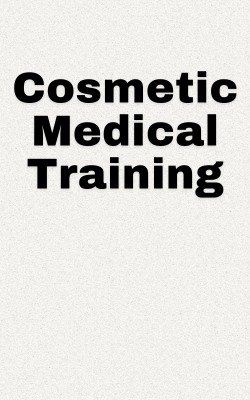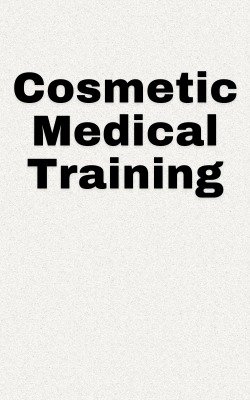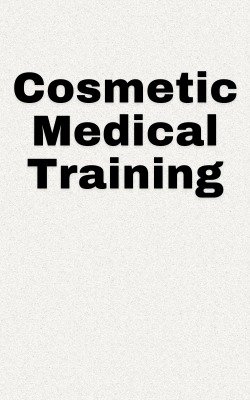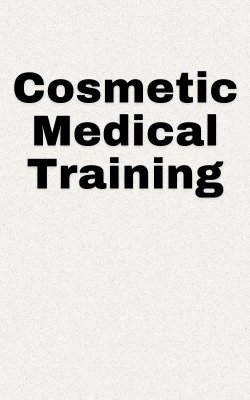
How is Real World Evidence Transforming the Pharma Industry?
- May 23, 2024
- | 105
For years, decision-makers and stakeholders in the pharmaceutical industry have relied on the insights generated through Randomized Controlled Trials (RCT). These trials, often performed under controlled conditions, worked on randomly allocating participants to different procedures and understanding the efficacy, safety and effectiveness of the drugs or the standard of care. However, these trials have their limitations.
For one, these insights always fall short when it comes to capturing the full spectrum of drug effects on a much larger patient base with their unique genetic structure. Secondly, RCTs may not offer suitable insights when it comes to studying drugs that treat rare diseases. The limited patient populations, variability in disease design and lack of real-time data limit its capabilities of building a successful drug trial case. Real-World Evidence aims to address these challenges and bridge the gap between patient care and drug development.
What is Real World Evidence?
Real World Evidence (RWE) is clinical data derived from real-world research or Real World Data (RWD). This clinical evidence offers insights into the usage, potential benefits and risks of a newly developed drug or medical product.
Sources of Real World Data
RWD can be obtained from various sources, including:
- EHRs or Electronic Health Records: These contain much information such as lab results, radiology images, treatment plans, and case reports.
- Patient-Reported Outcome (PRO) surveys: These surveys capture patient-reported experiences and symptoms without clinical interpretation.
- Patient-generated health data: This data comes from wearable devices and other health tools used by patients.
- Medical claims and billing data: Insurance companies collect data on medical claims and billing practices.
- Disease and product registries: These registries track specific diseases or medications, providing valuable insights into long-term outcomes.
- Observational studies: These studies involve observing patients in real-world settings without randomization.
Why Pharma Needs RWE
The journey from drug research to development and its adoption in the market is fraught with challenges. While RCT has been the go-to option for drug scientists and marketers, RWE provides insights into how drugs perform outside the standard trial rooms. But its importance and application of real-world evidence is not limited to just that.
Application of RWE in Pharma
Enhanced Understanding of Clinical Trials and Studies
Real-world evidence complements data generated in clinical trials by analyzing real-world data and providing insights that just trials cannot. Since clinical trials are performed in a controlled environment, they lack the diversity of real-world settings. RWE bridges this gap by offering insights into how drugs may behave in different settings, on different genetic structures, and in healthcare settings. These insights will allow pharma companies and researchers to identify patterns that may have not been apparent during clinical trials.
Support for Regulatory Requirements
Real-world evidence helps researchers and regulatory agencies understand the effects of the drug and treatment plans on the patients. Regulators like the FDA use real-world data and evidence to monitor and understand whether the drug meets the regulatory requirements set forth.
Improved Pre- and Post-Market Surveillance
Market surveillance is a critical phase for pharma companies. Since real-world evidence provides continuous insights into the performance and long-term effects of the drugs, pharma companies can develop effective an pharma sales strategy. Moreover, by analyzing RWE, pharma companies can gauge and anticipate market uptakes and forecast drug adoption possibilities.
By realizing and leveraging the full potential of real-world evidence, pharma companies can gain a deeper understanding of their products, navigate the evolving healthcare world, and ultimately deliver the right treatments to patient.





